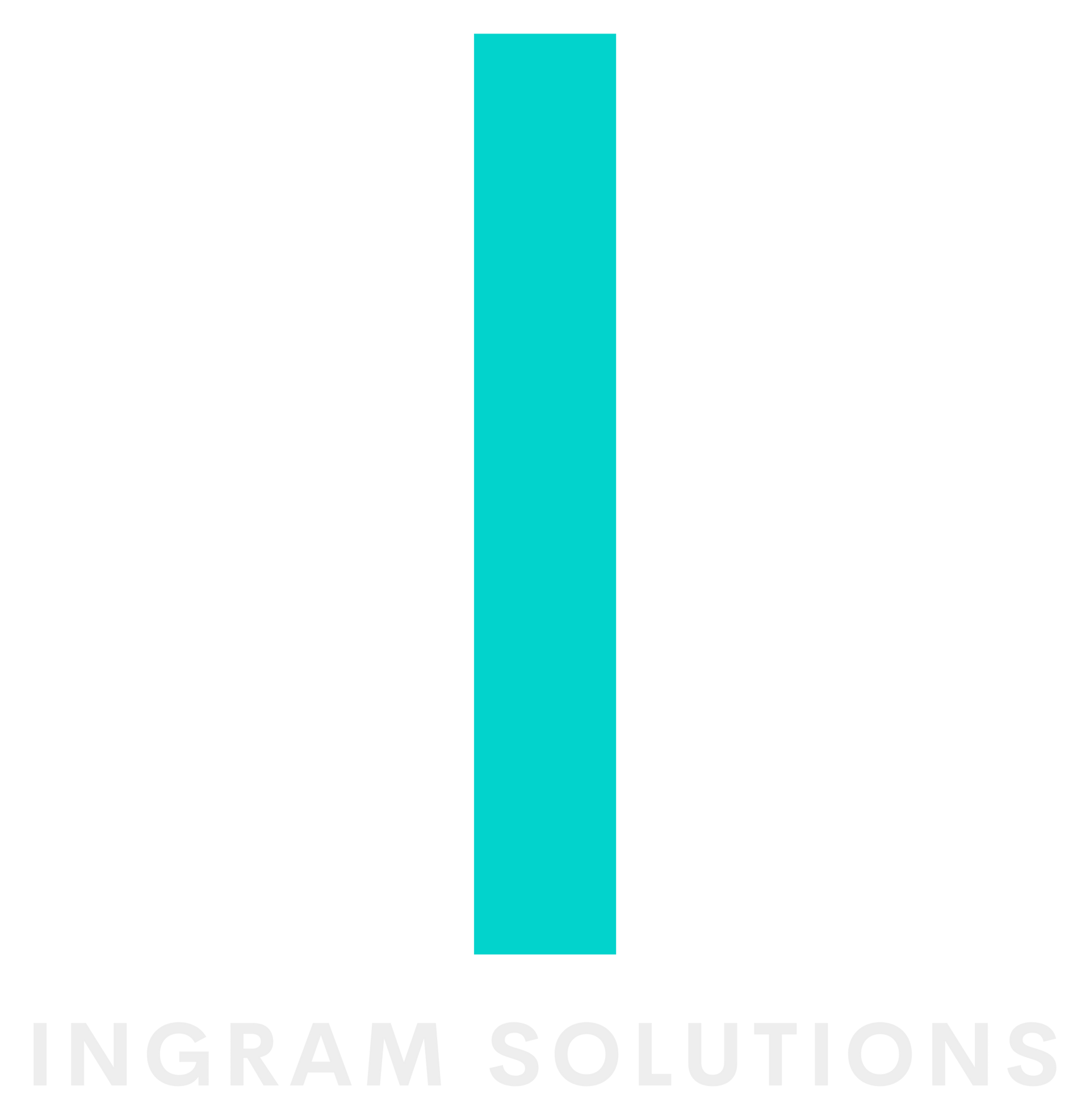We're Excited to Help You
Positive ROI | Professional Progress | Peace of Mind
That's one cool pineapple, right? I don't look nearly as cool in sunglasses but that IS how my hair looks in the morning.
We've just launched as a business advisory practice and are eager to help business leaders like YOU around the world find some personal and professional relief AND move the needle in the business at the same time.
As anyone with a job can attest, there aren't enough hours in the day to get everything done. The urge to pull your hair out can be all too frequent. At least for those leaders with some budget authority, individuals like myself can be a major source of relief. How?
For one, it couldn't be easier to get started: a simple cash payment gets me working for you, today even. No lengthy HR hiring and onboarding processes to follow. No internal permissions or approvals required. No salary + benefits on the books indefinitely that your department and the organization cries about. Just a cash transaction within your budget authority and you've got a new, personal business ninja to throw shurikens at all your corporate headaches. And, you can fire me any time.
More importantly, you gain an individual who is personally committed to helping you achieve the outcomes you care about. I work for you and you alone. I'll help you define your vision, put together a plan to make it happen, and execute it. Sounds simple right? It doesn't need to be complicated.
You're busy working IN the business. Too busy to complete much work ON the business. You try your best to balance priorities and may have made some progress on one or more of the initiatives you personally care about or have been tasked with completing, but there just don't seem to be enough hours in the day for you to fight fires and transform the department/enterprise. You need help, and that's okay, because we love to help leaders like you achieve your business goals, so you have more time for your personal ones.
Think about your biggest business headache or priority for a moment: what is it costing the organization each day/week/month that it remains unresolved?
Here's the winning outcome when you accept help:
- Positive ROI: you invest company money in paying me, to help you solve a problem that returns greater value than it cost to produce. Your boss loves you.
- Professional Progress: you finally start making meaningful progress on the initiatives that matter to you, helping the business transform and earning you the professional recognition you deserve. You feel accomplished.
- Peace of Mind: by getting ahead on what matters, you decompress your workload, regain some peace of mind and hopefully some calendar time, so you can spend some time with the family, play a bit more golf or tennis, or tackle another business challenge that really helps get you ahead. The choice is yours. You feel more calm and relaxed.
In other words, you'll feel as happy and cool as that pineapple!
Let's talk! You've got nothing to lose and everything to gain.
Ingram Solutions
Shane Evans
Founder & Business Advisor










45 Baseball Place, Suite 1402
Toronto, Ontario, Canada, M4M 0H1
All Rights Reserved | Ingram Solutions
